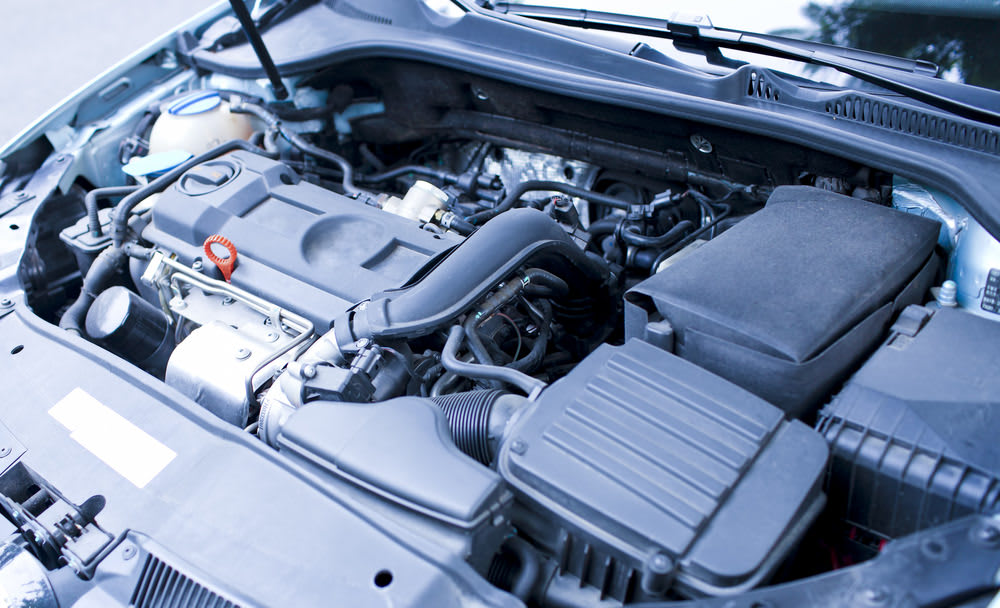

How often does the mass airflow sensor need to be replaced?
Mass airflow sensors (MAF) have no expiration date. They are not included on the manufacturer’s scheduled maintenance list of things to replace based on mileage, like spark plugs or filters. They can remain in service indefinitely as long as they continue to function correctly.
However, MAF sensors are critical to engine performance, good gas mileage, and low emissions. They are also fairly fragile and sensitive to contamination. A bit of basic preventative maintenance awareness can help an MAF stay alive and healthy as long as possible. Since the function of an MAF is to measure all the air flowing into the engine, they have a LOT of air flowing through them. Try to imagine 9,000-10,000 gallons of air flowing through your engine for every 1 gallon of gas burned! That much air carries a lot of fine dust and particulates of all types. It is the job of the air filter to keep that all that junk off of the MAF, as well as out of your engine. So replace the air filter when recommended, keep the inside of the air filter box very clean, and be sure the ducts between the air filter box and the throttle body are all securely clamped and airtight.
Another simple maintenance item that is commonly neglected can impact the cleanliness of the MAF, the PCV valve. It should be replaced according to the manufacturer’s recommendations based on mileage. If the PCV valve becomes restricted, it can cause crankcase vapors to back up through the engine’s breather system and leave oily deposits on the MAF. If the MAF gets dirty, it becomes less accurate and a loss of performance will usually be noticed. A trouble code will get logged in the computer, and the Check Engine Light will illuminate.
Many times, MAFs are removed, cleaned with a spray cleaner, and reinstalled. This is not a permanent fix. For a more long-lasting repair, have the MAF replaced.



